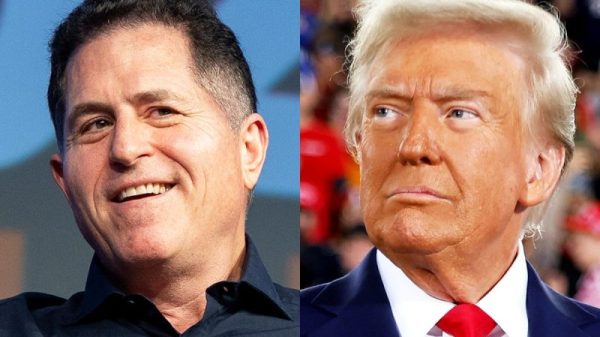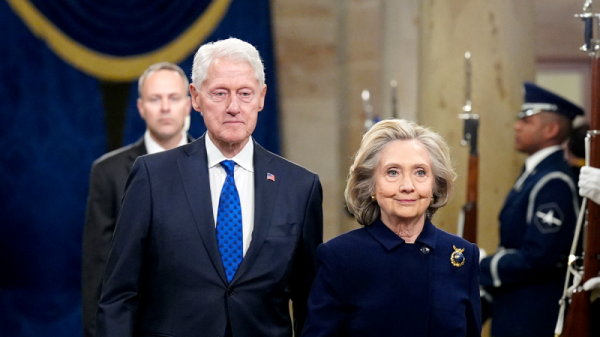
Mining giants BHP (ASX:BHP,LSE:BHP,NYSE:BHP) and Rio Tinto (ASX:RIO,NYSE:RIO,LSE:RIO) are teaming up to trial battery-electric haul trucks in Western Australia’s Pilbara region as part of their broader ESG strategies.
The collaboration aims to reduce greenhouse gas (GHG) emissions and drive sustainability in the mining sector.
The partnership will see the trial of two Caterpillar (NYSE:CAT) CAT 793 haul trucks starting in the second half of 2024, and two Komatsu (TSE:6301) 930 haul trucks beginning in 2026. BHP will use the Caterpillar haul trucks, while Rio Tinto will focus on the Komatsu models, with the trial outcomes shared between the two companies.
This initiative marks the first step in testing battery-electric haul trucks at the Pilbara operations of both companies. According to the two major miners, the data and insights they gain from these trials will guide further development and potential large-scale deployment of battery-electric fleets at their operations.
“Operational decarbonization relies on breakthroughs in technology and partnerships like this will help drive our industry forward. We are thrilled to work with Rio Tinto, Caterpillar, and Komatsu on these trials,’ said Geraldine Slattery, BHP president Australia, in a joint press release shared by the companies on Monday (May 27).
Noting the broader implications of the plan, she added, “Replacing diesel as a fuel source requires us to develop a whole new operational ecosystem. We need to rethink how we plan our mines, operate our haulage networks, and manage the additional safety and operational challenges that come with these changes. These trials are critical to our success as we learn how to integrate these new technologies into our operations.�
Rio Tinto Iron Ore CEO Trott expressed similar enthusiasm about the work planned with BHP, commenting, “This collaboration brings together two leading global miners with two of the world’s biggest manufacturers of haul trucks to tackle the critical challenge of zero-emissions haulage. There is no clear path to net zero without zero-emissions haulage, so it’s crucial that we work together to achieve this goal as efficiently as possible.’
Both BHP and Rio Tinto are focused on strong ESG practises. For BHP, the partnership is a step toward the realization of its Climate Transition Action Plan (CTAP), which was first introduced in September 2021. The CTAP outlines BHP’s strategic approach to achieving long-term GHG emissions reduction targets and goals.
In its 2023 fiscal year, BHP reduced its operational GHG emissions (Scopes 1 and 2 from operated assets) by 11 percent from the previous year. The company’s medium-term target is a 30 percent reduction by its 2030 fiscal year, while it has a long-term goal of net-zero operational GHG emissions by 2050.
Rio Tinto has achieved a net 5.5 percent reduction in Scope 1 and 2 emissions from its 2018 baseline, and is progressing toward its target of a 15 percent reduction by 2025 and 50 percent by 2030.
Securities Disclosure: I, Giann Liguid, hold no direct investment interest in any company mentioned in this article.

































